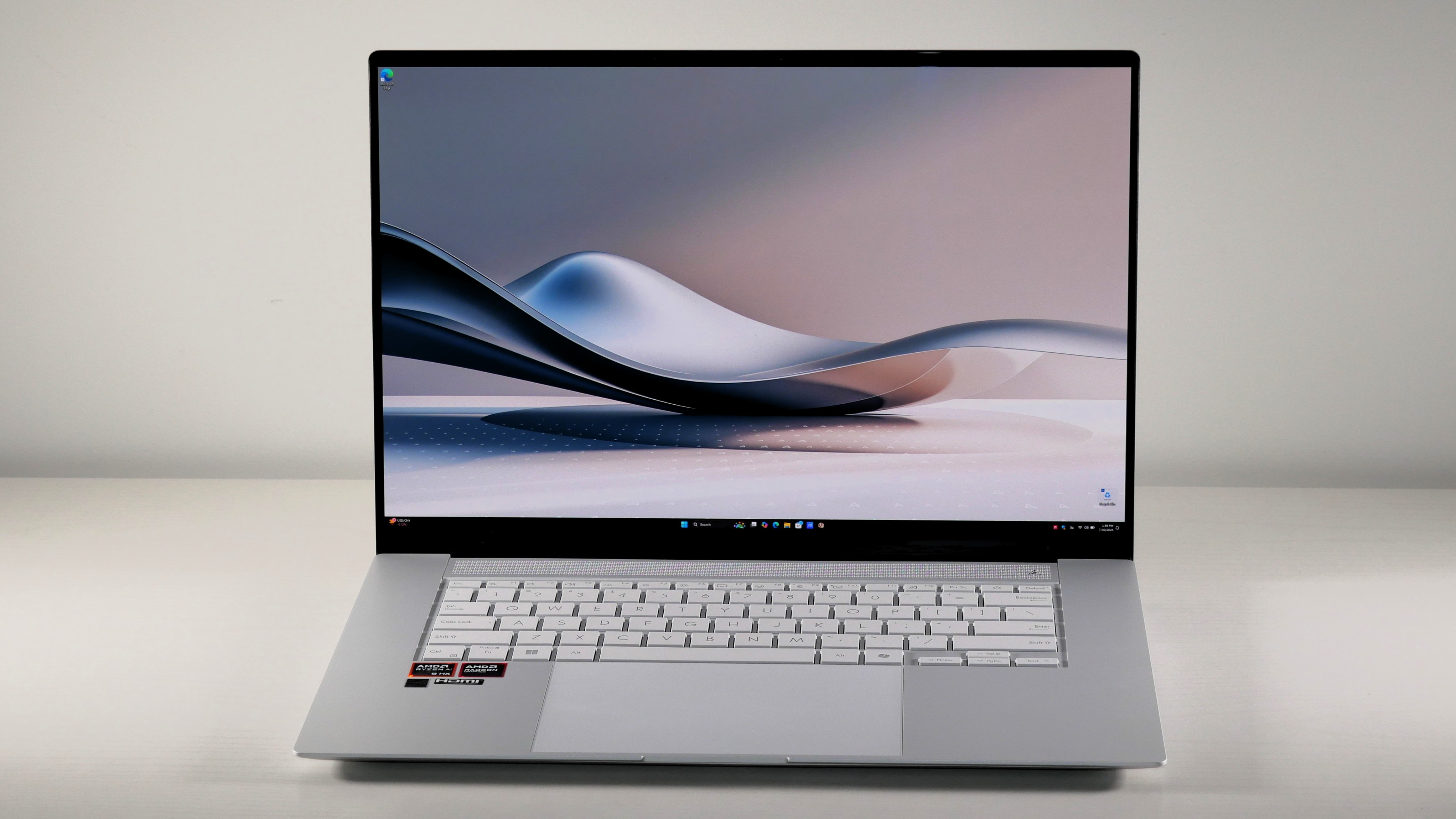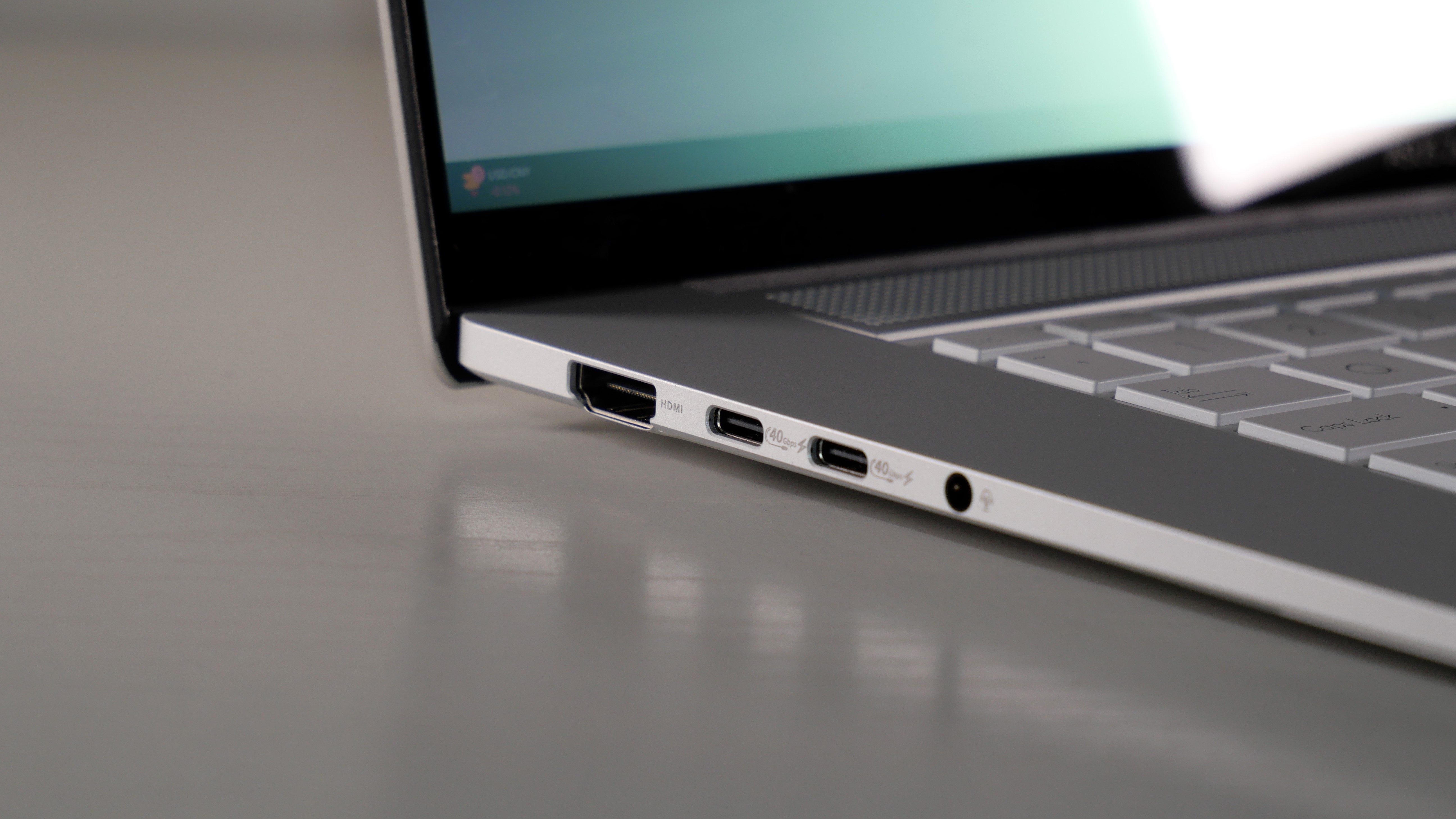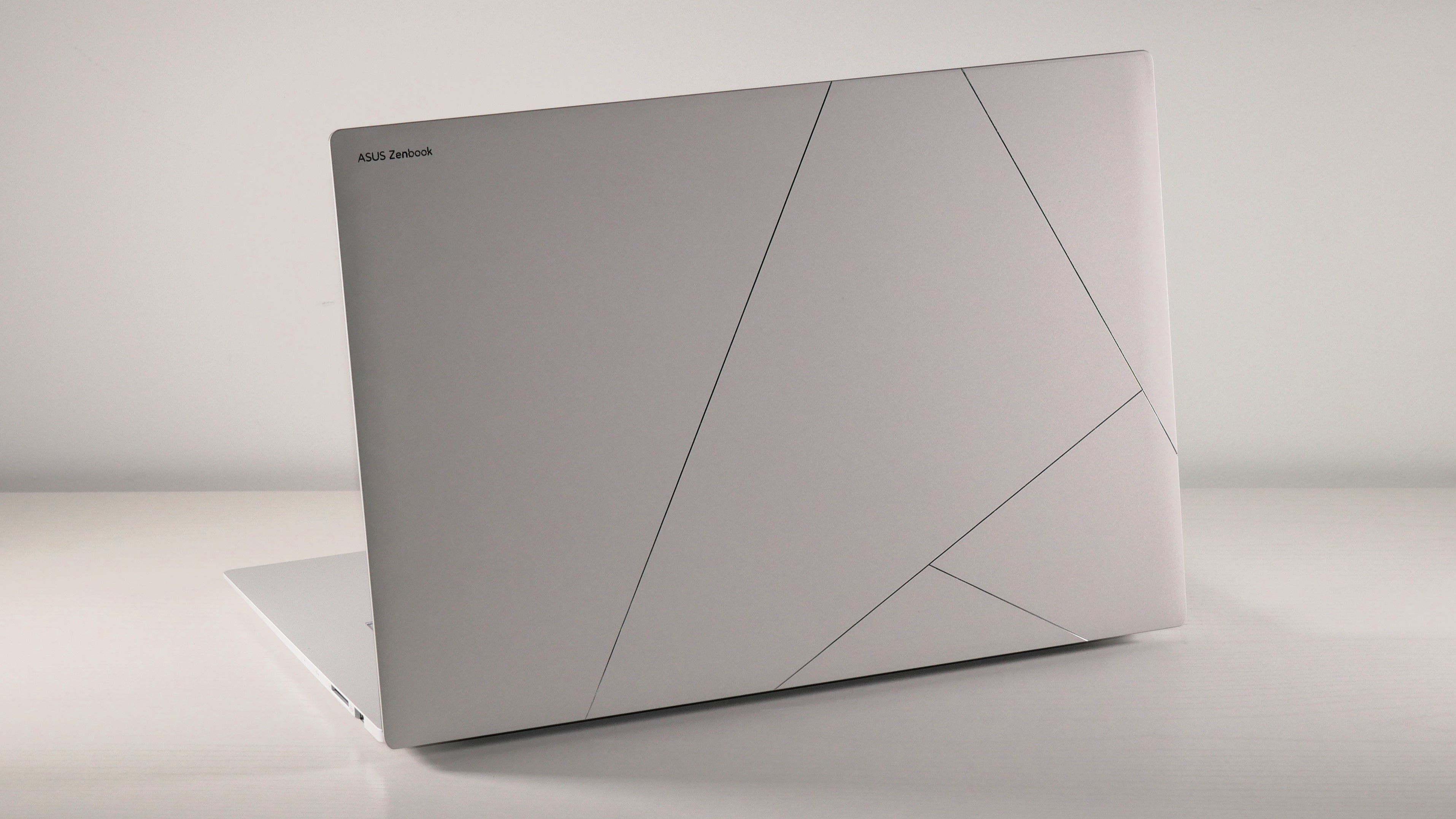
When Qualcomm’s Snapdragon X Elite launched, I leaped into gaming on the first laptop I got (a Microsoft Surface Laptop 7), and that’s precisely what I’m doing with AMD’s new Ryzen 300 AI chipset.
Unfortunately for the Surface Laptop 7, Qualcomm’s ARM architecture held it back, but AMD’s new Ryzen 300 AI chipset doesn’t have that problem. For my Asus Zenbook S16 UM5606 (Ryzen AI 9) review, we ran a few popular gaming benchmarks that left a great impression. How does that look in the real world, though?
I ran the Ryzen 300 AI through the same series of games as the Snapdragon X Elite, so let’s see how the Ryzen AI 9 HX 370 handled the heat.
Gaming on integrated graphics
For those unaware, integrated graphics refers to a GPU (AMD Radeon 890M) on the same chip as the CPU (AMD Ryzen AI 9 HX 370).
Integrated graphics, like the Nvidia GeForce RTX 40-series GPUs, are generally weaker than discrete graphics chips.
Gaming on a non-gaming laptop hasn't always been a great experience. But as laptops become stronger, gamers might have more options at their disposal.

I jumped straight into Control, a supernatural third-person action-adventure game, and it was better and worse than I expected — let me explain. On 1920 x 1200 and with low settings, I averaged 36 frames per second when I flew into an arena, shot up the Hiss creatures, and telekinetically pummeled each of them with the corpses of their comrades.

When I tested the Snapdragon X Elite, it achieved 45 to 60 fps on a 2304 x 1456 resolution at low settings. You’d think the Snapdragon is better, but you’d be wrong. Playing on the AMD Ryzen AI 9 HX 370 was way more stable. I didn’t feel any stuttering, and my character in the game remained at a smooth 35 to 45 fps in pitched combat. Meanwhile, the Snapdragon X Elite felt like I was slingshotting around the map.
Next, I embraced the embers in Dark Souls III. I picked a fight with a giant crystal lizard and inevitably got bodied at an average of 54 fps on a 1920 x 1200 resolution at Low settings.
There is a very occasional stutter, which could cost some people their runs with challenging bosses. However, that’s a massive improvement over the Snapdragon X Elite, which crashed when I stepped out of the spawn area.

It’s time for everyone’s favorite romance simulator, Baldur’s Gate 3! I ran around the Nautiloid slaying devils at 28 fps on Low, 1200p settings. It did better than the Snapdragon X Elite (22 to 25 fps). It’s also perfectly playable at a 1200 x 800 resolution, hitting 46 fps. Due to how well-optimized Baldur’s Gate 3 is, it looks relatively smooth on lower resolutions.
The worst part about CPUs based on ARM architecture is that they don’t play nice with anti-cheat engines, so the Snapdragon X Elite couldn’t even start Helldivers 2.
But the AMD Ryzen 300 AI certainly did. It took some tweaking, but setting it to 1920 x 1200, Low graphic preset, and Ultra Performance, I was swarming Automaton camps in the name of John Connor at a solid 64 fps. Granted, the game did not look good. Between the low resolution and overall blurry textures, it’s disappointing. But it is playable, and you can mess with some settings to get it above 30 fps and look decent.
Overall, the AMD Radeon 890M is great at gaming, considering it’s an integrated chip. It certainly makes a tough competition for Intel’s Arc 8-Core iGPU. On the Borderlands 3 benchmark (Badass, 1080p), the Radeon averaged 32 fps while the Arc hit 22 fps (via Notebook Check). But on the Shadow of the Tomb Raider test (Highest, 1080p), the Radeon got 27 fps while the Arc managed 35 fps.
Outlook
The AMD Radeon 890M is hands-down one of the best integrated graphics chips I’ve tested.
If more laptops support chips like this, gaming would be more convenient and more affordable for many folks. Granted, you could still get a cheaper gaming laptop than the Asus Zenbook S16, but that doesn’t account for the Zenbook’s slew of expensive features, like its OLED display.
If you throw an AMD Ryzen 300 AI-series CPU in a more budget-friendly laptop, it could be a champion of affordability. We’ll see what other laptop manufacturers do with AMD’s new chip as laptops continue to funnel through to our lab.







